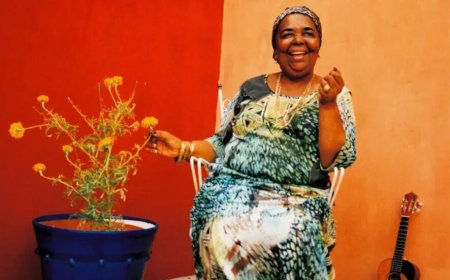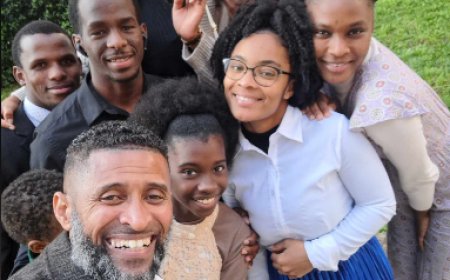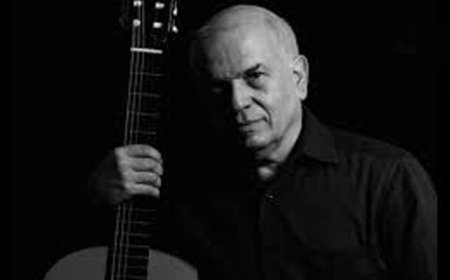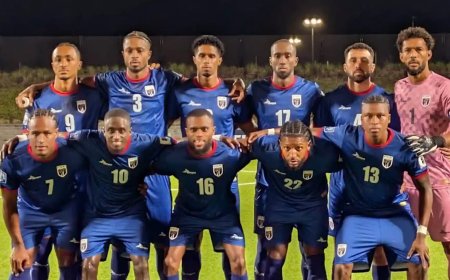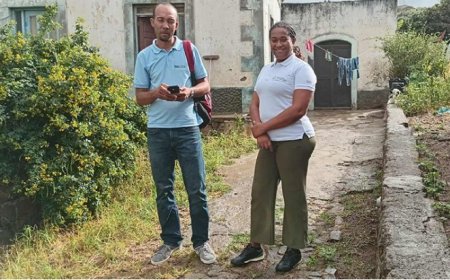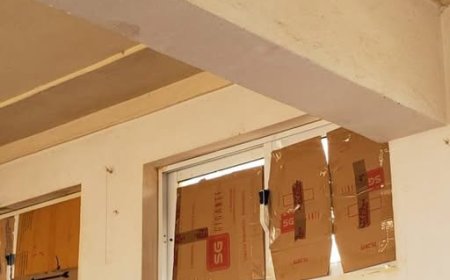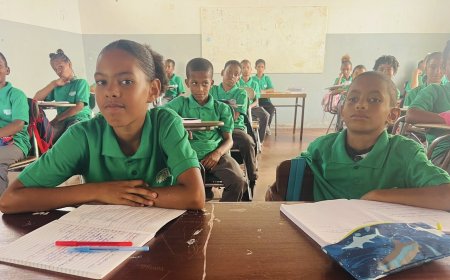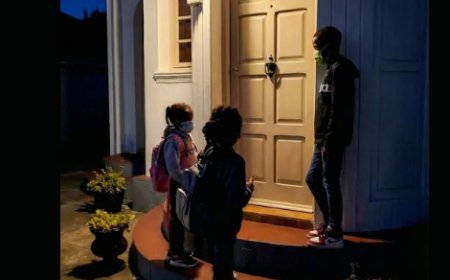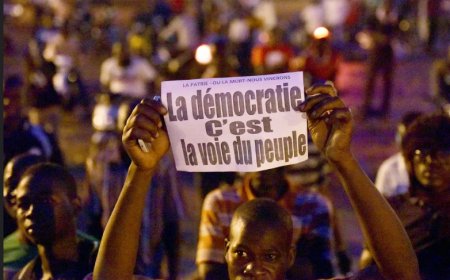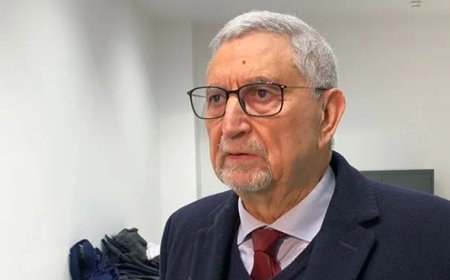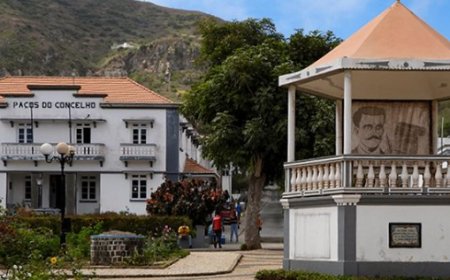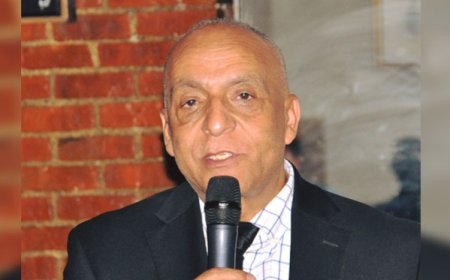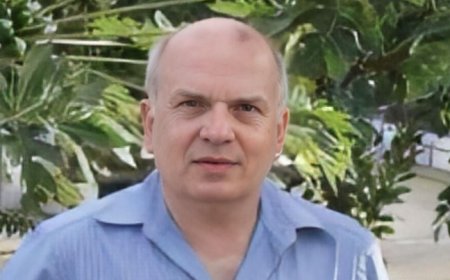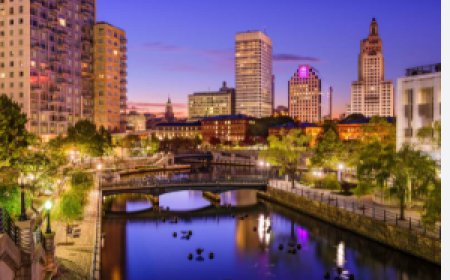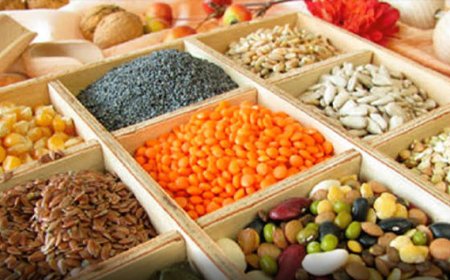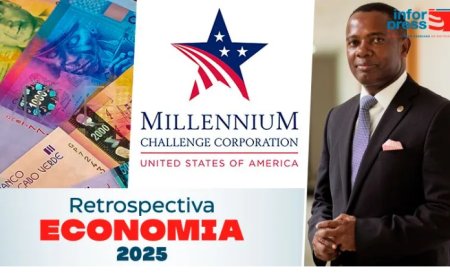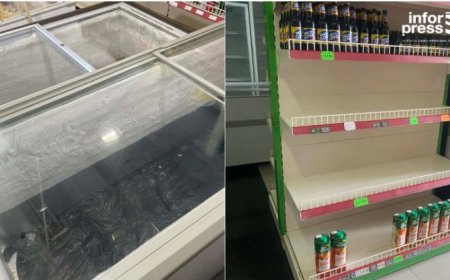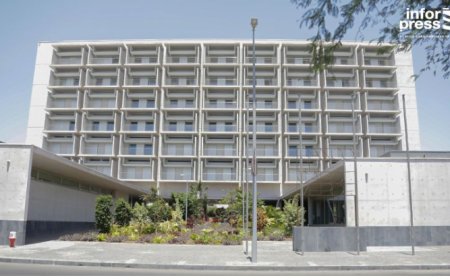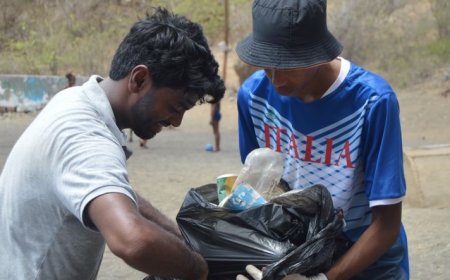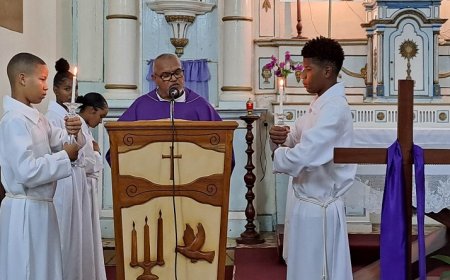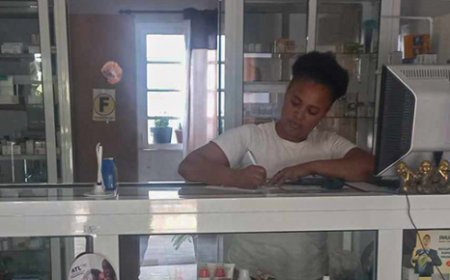Cape Verde reduces extreme poverty from 13% to 2.8% in eight years, announces government
Cape Verde has reduced its extreme poverty rate from 13% to 2.8% in eight years, thanks to policies of productive inclusion, social support and community investment. The government attributes the progress to economic stability and a focus on social development.
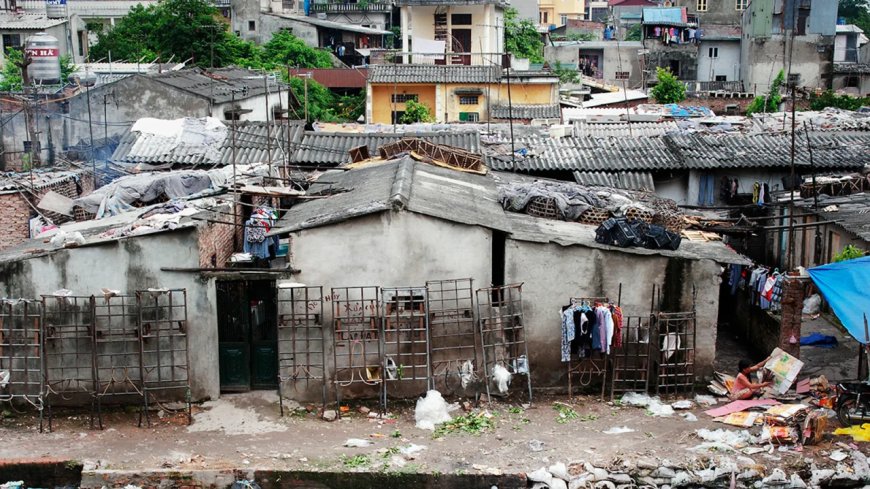
The government of Cape Verde announced a historic reduction in extreme poverty, which fell from 13% to just 2.8% of the population between 2017 and 2025. The data was revealed by the Minister for the Family, Inclusion and Social Development, Fernando Elísio Freire, during a visit to the Escola Vida Association in Terra Branca and to social projects in Zone 4 in Ponta d'Água.
According to the governor, the progress is the result of public policies focused on productive inclusion and direct social support, which have generated concrete and transformative results in the communities. "Eight years ago, between 12% and 13% of the Cape Verdean population lived in extreme poverty. Today, that reality has changed radically, and the figure has fallen to 2.8%," he said.
Fernando Elísio Freire stressed that this achievement is directly linked to a strategy centered on income generation and the autonomy of families. "Today we see people who previously had no source of income now working in agriculture, with access to microfinance, social tariffs for water and electricity, and subsidies for nurseries," he explained.
Another axis of intervention mentioned by the minister was the requalification of unoccupied commercial spaces from the Casa para Todos programme, which were transformed into community centers and handed over to civil society organizations. These spaces now house projects to support children, youth, culture and education, functioning as active poles of social transformation within the neighborhoods.
For the minister, the social advances made are also supported by the macroeconomic stability and the economic growth that the country has experienced in recent years. "It is this growth that allows us to support 10,000 people with social inclusion income, 2,000 with productive inclusion and more than 100 associations with community action spaces," he concluded.
